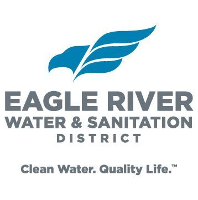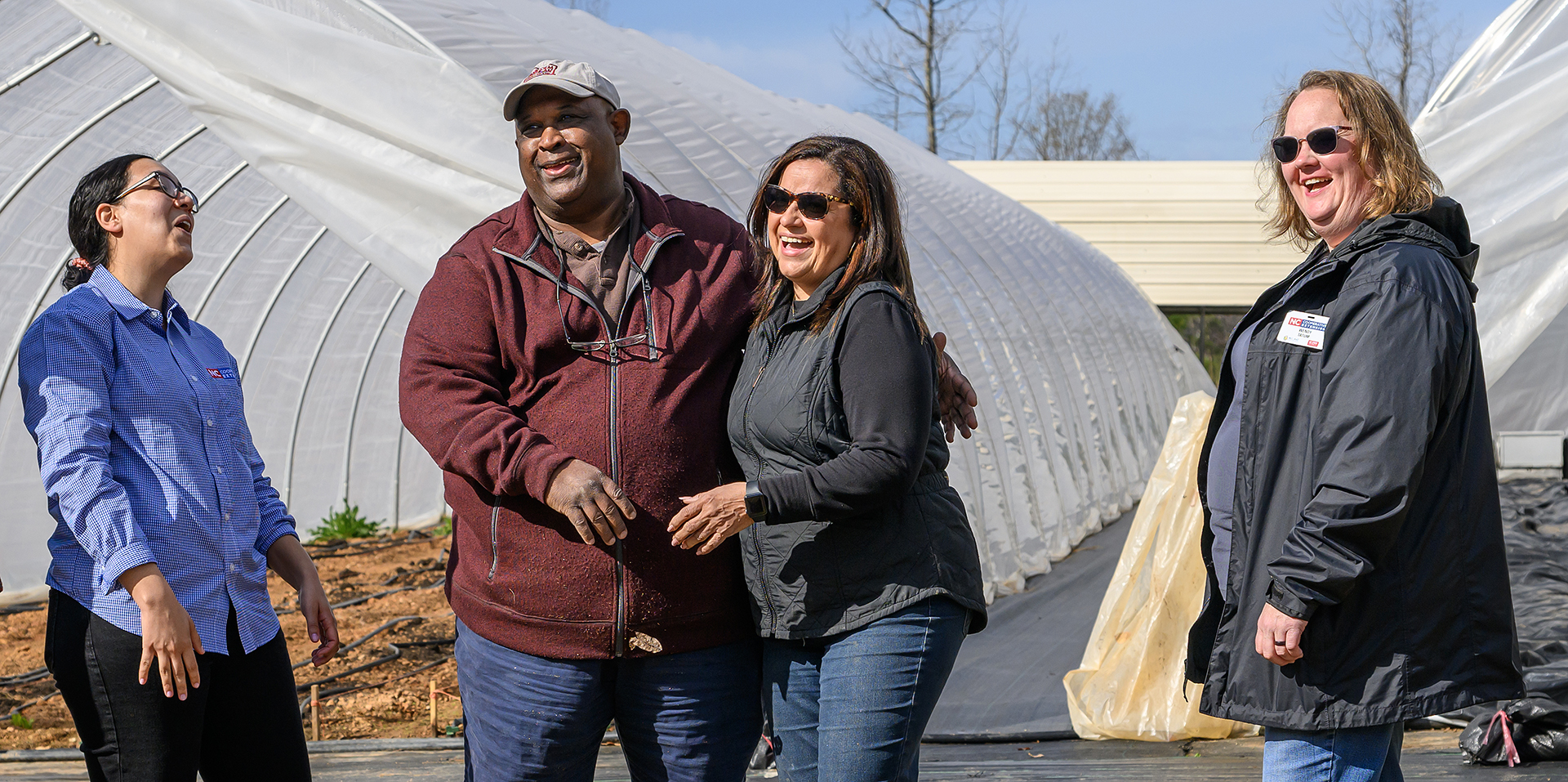Scientists make breakthrough discovery that could solve major problem in food supply: ‘The results are spectacular’ – The Cool Down

Report on a Novel Molecule for Agricultural Drought Resistance and its Impact on Sustainable Development Goals
1.0 Introduction
A research team in Spain, led by the Spanish National Research Council, has developed a synthetic molecule designed to enhance drought resistance in plants. This development presents a significant advancement in agricultural science, with profound implications for global food security and sustainable resource management, directly addressing several United Nations Sustainable Development Goals (SDGs).
2.0 The Innovation: Inverted Cyanobactin (iCB)
The core of the breakthrough is a molecule named inverted cyanobactin (iCB). Its function and properties are detailed below:
- Hormone Mimicry: iCB mimics the natural plant hormone, abscisic acid, which is responsible for regulating a plant’s response to water scarcity by controlling the closure of pores on leaves to prevent water loss through transpiration.
- Application Method: The molecule is applied via a foliar spray, enabling direct absorption by the plant’s leaves, as demonstrated in trials with tomato plants.
- Enhanced Protection: Beyond mimicking the natural drought response, iCB activates additional protective molecules, such as proline and raffinose, which aid in stress protection and photosynthesis recovery post-drought.
- Root Growth Stimulation: The molecule was also observed to stimulate root growth towards moisture, further enhancing the plant’s ability to survive in arid conditions.
3.0 Context: The Global Challenge of Water Scarcity in Agriculture
The development of iCB is a direct response to escalating environmental pressures on global agriculture:
- Extreme weather events, particularly droughts, are intensifying due to climate change, posing a direct threat to the global food supply.
- According to the World Resources Institute, approximately 34% of global crop production relies on irrigation.
- A critical concern is that 60% of these irrigated crops are cultivated in regions experiencing high or extreme water stress, where demand for water outstrips available freshwater.
4.0 Implications for Sustainable Development Goals (SDGs)
The successful implementation of iCB technology for staple crops could contribute significantly to achieving key SDGs:
-
SDG 2: Zero Hunger
By protecting staple crops like corn, wheat, and rice from drought-induced failure, iCB can help stabilize food production, enhance food security, and combat hunger, particularly in vulnerable, arid regions.
-
SDG 6: Clean Water and Sanitation
Enhancing the natural drought resistance of crops reduces the dependency on irrigation. This leads to more sustainable water management, conserving freshwater resources in water-stressed areas and contributing to the sustainable management of water for all.
-
SDG 13: Climate Action
This innovation serves as a critical adaptation strategy to the impacts of climate change. It builds resilience in agricultural systems against the increasing frequency and severity of droughts, which are a direct consequence of global warming.
-
SDG 15: Life on Land
By enabling agriculture to thrive with less water, this technology can help combat desertification and land degradation. It supports the sustainable use of terrestrial ecosystems by reducing the environmental strain of intensive irrigation.
5.0 Conclusion
The development of the inverted cyanobactin (iCB) molecule represents a promising scientific breakthrough with the potential to fortify global agricultural systems against the escalating threat of drought. Its multifaceted benefits, from enhancing plant physiology to stimulating root growth, align directly with the objectives of several Sustainable Development Goals. Further research and application on a wider range of staple crops are critical to realizing its potential for a more resilient and sustainable global food supply.
Analysis of SDGs, Targets, and Indicators
1. Which SDGs are addressed or connected to the issues highlighted in the article?
- SDG 2: Zero Hunger
- SDG 6: Clean Water and Sanitation
- SDG 9: Industry, Innovation, and Infrastructure
- SDG 13: Climate Action
2. What specific targets under those SDGs can be identified based on the article’s content?
SDG 2: Zero Hunger
- Target 2.4: By 2030, ensure sustainable food production systems and implement resilient agricultural practices that increase productivity and production, that help maintain ecosystems, that strengthen capacity for adaptation to climate change, extreme weather, drought, flooding and other disasters and that progressively improve land and soil quality. The article discusses the development of a molecule (iCB) that makes plants more resistant to severe drought, which is a direct implementation of a resilient agricultural practice to adapt to extreme weather.
SDG 6: Clean Water and Sanitation
- Target 6.4: By 2030, substantially increase water-use efficiency across all sectors and ensure sustainable withdrawals and supply of freshwater to address water scarcity and substantially reduce the number of people suffering from water scarcity. The article highlights that 60% of irrigated crops are in areas with high water stress. The iCB molecule helps plants retain water by regulating transpiration, which directly improves water-use efficiency in agriculture.
SDG 9: Industry, Innovation, and Infrastructure
- Target 9.5: Enhance scientific research, upgrade the technological capabilities of industrial sectors in all countries… encouraging innovation. The article is centered on a scientific breakthrough by researchers in Spain who developed a new molecule using molecular design and X-ray structural analysis. This is a clear example of enhancing scientific research and innovation to solve a global problem.
SDG 13: Climate Action
- Target 13.1: Strengthen resilience and adaptive capacity to climate-related hazards and natural disasters in all countries. The research is a response to the threat that extreme weather conditions like drought, exacerbated by a warming planet, pose to the global food supply. The iCB molecule is an adaptation strategy to strengthen the resilience of agriculture to climate-related hazards.
3. Are there any indicators mentioned or implied in the article that can be used to measure progress towards the identified targets?
SDG 2: Zero Hunger
- Indicator for Target 2.4: The article implies that progress can be measured by the ability of staple crops like corn, wheat, and rice to withstand severe drought when treated with iCB. A specific metric mentioned is the rate of photosynthesis recovery after stress, which the article states treated plants were able to do. Another implied indicator is the stabilization of the global food supply.
SDG 6: Clean Water and Sanitation
- Indicator for Target 6.4: The article mentions that the molecule works by regulating transpiration (water loss through leaves). An implied indicator would be the reduction in water needed for irrigation for treated crops, thus increasing water-use efficiency. The article also notes that iCB stimulates root growth toward moisture, which is another measure of improved water uptake efficiency.
SDG 9: Industry, Innovation, and Infrastructure
- Indicator for Target 9.5: The primary indicator is the development and successful application of the inverted cyanobactin (iCB) molecule itself. The “spectacular results” mentioned by the researchers serve as a qualitative measure of the innovation’s success.
SDG 13: Climate Action
- Indicator for Target 13.1: An indicator for strengthened resilience is the successful application of the iCB spray on a wide range of plants, particularly staple crops, to protect them from increasingly unstable weather conditions. The ability of treated plants to “withstand severe drought” is a direct measure of increased adaptive capacity.
4. SDGs, Targets, and Indicators Table
| SDGs | Targets | Indicators |
|---|---|---|
| SDG 2: Zero Hunger | 2.4: Ensure sustainable food production systems and implement resilient agricultural practices… to strengthen capacity for adaptation to climate change, extreme weather, drought… | Rate of photosynthesis recovery in plants after drought stress; Stabilization of yields for staple crops (corn, wheat, rice) during severe drought. |
| SDG 6: Clean Water and Sanitation | 6.4: Substantially increase water-use efficiency across all sectors and ensure sustainable withdrawals… to address water scarcity. | Reduction in water required for irrigation due to regulated transpiration; Improved water uptake efficiency through stimulated root growth toward moisture. |
| SDG 9: Industry, Innovation, and Infrastructure | 9.5: Enhance scientific research, upgrade the technological capabilities… encouraging innovation. | The successful development and application of the inverted cyanobactin (iCB) molecule as a drought-resistance spray. |
| SDG 13: Climate Action | 13.1: Strengthen resilience and adaptive capacity to climate-related hazards and natural disasters. | The ability of treated plants to withstand severe drought, demonstrating increased resilience of agriculture to climate-related hazards. |
Source: thecooldown.com
What is Your Reaction?
 Like
0
Like
0
 Dislike
0
Dislike
0
 Love
0
Love
0
 Funny
0
Funny
0
 Angry
0
Angry
0
 Sad
0
Sad
0
 Wow
0
Wow
0




















































.jpg.webp?itok=0ZsAnae9#)
























